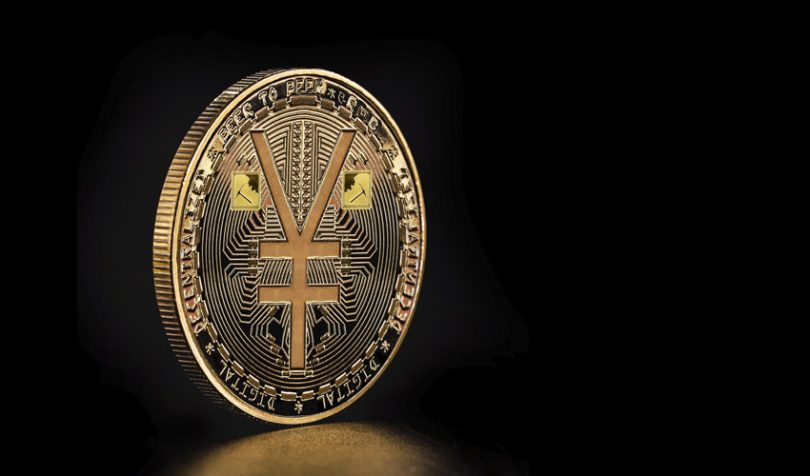Last Friday, there were widespread reports that China was significantly expanding its digital yuan trials. While the testing of China’s central bank digital currency (CBDC) is likely to expand in the future, the timing remains to be seen. Three months ago, the Governor of the People’s Bank of China (PBoC), Yi Gang, stated that the initial ‘internal’ testing regions were Shenzhen, Suzhou, Xiong’an, Chengdu, and future Winter Olympics locations. So far, the central bank hasn’t changed this.
However, a news report today from a state outlet said that “whether it can debut in the second half of the year is still not clear,” implying a perhaps aggressive timetable for the digital currency.
Friday’s news was that the trials for the digital yuan (also known as the DC/EP) were to be expanded significantly. Additional regions include Beijing-Tianjin-Hebei, Yangtze River Delta and the Guangdong-Hong Kong-Macao Greater Bay Area.
However, reporting about the Ministry of Commerce (MOFCOM) announcement lacked context.
MOFCOM announced a new broad three-year pilot program for trade innovation and opening up the Chinese economy. The briefing outlined 122 planned steps, and the digital renminbi (RMB) was mentioned as step 93. There was neither mention of it in the announcement nor the main document, implying the digital RMB is not a core part of the trade pilot program.
Plus, the digital RMB trials were qualified by MOFCOM as being under the policy oversight of the central bank. The testing would first be in the regions described by the central bank Governor. The follow up would only be expanded to new areas “depending on the situation”. In any case, the trade pilot plans are still being formulated, though the deadline for each department to clarify policy measures is the end of 2020.
Apart from the digital RMB, the MOFCOM plans include several mentions of the renminbi to help to internationalize the currency. It wants to use the RMB in cross border pilots, cross border trade finance, and to settle bonded fuel. On the investment front, it plans to encourage foreign investors to use RMB and establish overseas RMB investment funds.
Following claims of an imminent expansion of digital yuan tests, today state outlet China.org.cn played down the news. It cited an unnamed source saying that the “pilot program has not yet been expanded on a large scale,” it is still “internal and closed” and “as far as I know, the pilot plan remains unchanged so far.”
Two testing scenarios revealed include salary payments to civil services and for public transport. Additionally, energy and supply chain trading was mentioned. However, academic Yang Dong stated that most applications are consumer focused and “it still needs time to find the appropriate model for business users.” Adapting it for commercial use could be the reason for the inclusion in the MOFCOM trade pilot.
Meanwhile, today the 21st Century Business Herald shared details from the heads of technical departments at banks in Shenzhen and Suzhou. Apart from public transport, other digital yuan testing scenarios include retail and catering, which is consistent with partner announcements.
The current emphasis of testing is on robustness and whether systems can handle a surge in demand. As part of the resiliency testing, another important area is the ability to transfer money person to person (p2p) while offline. One of the challenges with possibly extending consumer oriented applications to scenarios such as ecommerce is the potential for large volumes. The report states that the pilot program isn’t yet ready for this scale.
Another area where testing needs extending is anti money laundering (AML) and combatting tax evasion. The currency has “controllable anonymity”. With the current scale of testing, AML compliance is relatively straightforward. As the testing scenarios become more complex, including for trade, the banks will have to increase their research and testing for compliance. After all, the digital currency has several goals, and oversight and compliance are near the top of the list.






